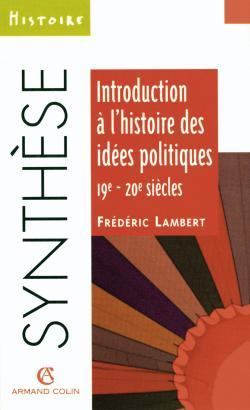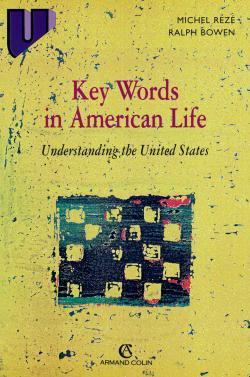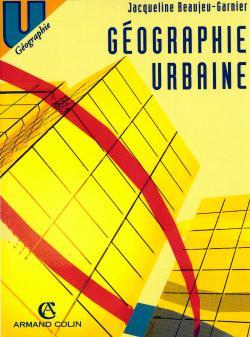The Grapes Of Wrath - John Steinbeck, John Steinbeck

Description
Introduction?>In 1938, while writing The Grapes of Wrath, John Steinbeck sent this letter to his literary agent, Elizabeth Otis:About the title–Pat wired that he liked it. And I too am glad because I like it better all the time. I think it is Carol's best title so far. I like it because it is a march and this book is a kind of march-because it is in our own revolutionary tradition and because in reference to this book it has a large meaning. And I like it because people know the Battle Hymn [of the Republic] who don't know the Star Spangled Banner.1The whole letter is actually one of the fascinating "tracks" Steinbeck left behind and was referring to in 1962, the year he was awarded the Nobel Prize for Literature. Just like the omniscient, powerful voice in the opening chapter, it captures the epic thrust of the entire narrative. Literally and metaphorically, the novel is a revolution. Experimenting with a variety of forms and moods, Steinbeck chronicles the destructive force of the Dust Bowl storms and their long wake of "human erosion", a phrase photographer Dorothea Lange and Berkeley professor Paul Taylor used to describe the ecological disaster which was to spur the 1930s great migration to California in An American Exodus.Breaking the story of these poor Oklahoma migrants in half, the novelist combines in a hybrid text the choric and informative intercalary chapters and the narrative ones. As they alternately focus on the general level and the larger American scene on the one hand, the particular with the Joad family's migration on the other, they also stage at times the universal level featuring the quintessential values of human dignity and social solidarity. And in his haunting 1940 adaptation of the novel, John Ford inscribed on screen precisely just that, the deeply visionary dimension and visual texture of the narrative.1 Letter by John Steinbeck written on September 10, 1938 in Steinbeck. A Life in Letters, Elaine Steinbeck and Robert Wallsten, Ed., New York: The Viking Press, 1975, 160.?>Première partie?>Évolution de l'espace?>Connaître le contexte du roman est indispensable puisqu'il est à l'origine du désir que Steinbeck a eu de narrer cette histoire. Mais il nous semble important de mettre d'emblée en garde les candidats au CAPES et à l'Agrégation contre toute tentation de voir dans les tribulations des Joad un reflet « transparent » de la réalité ou un prétexte à disserter sur la situation économique de la période : ce roman, comme toute œuvre littéraire, n'est pas un exposé de faits bruts ; il exprime un point de vue et il le fait avec des moyens stylistiques soigneusement sélectionnés que nous examinerons plus loin.Calquant la démarche d'écriture utilisée dans le roman lui-même (qui fait alterner remarques générales et points de vue particuliers), nous allons donc esquisser, dans un premier temps, un rapide tableau d'ensemble des grands événements qui ont marqué l'histoire des années 1930 aux Etats-Unis, puis nous examinerons la manière singulière dont Steinbeck a été amenéà s'y intéresser et à souhaiter en rendre compte dans une œuvre de fiction.?>1?>Genèses?>Une décennie en crise?>La période commence par la crise boursière de 1929 sous la présidence de Herbert C. Hoover (1929-1932) : une surproduction massive, assortie d'une faible consommation, entraîne la faillite de centaines de milliers d'entreprises et de banques. Cette faillite provoque, à son tour, d'innombrables licenciements et la ruine des petits épargnants. En 1933, l'Amérique compte 13 millions de chômeurs. Hoover tente, tant bien que mal, de trouver des solutions à la crise, mais refuse toute forme d'aide publique à ceux qui ont perdu leur emploi et leur logement, pensant que l'État ne doit pas se substituer aux organisations charitables. À la périphérie des grandes agglomérations, les sans-abri se réfugient dans d'insalubres bidonvilles rapidement baptisés « Hoovervilles ». Dans son roman, Steinbeck en donne une description saisissante :The rag town lay close to water; and the houses were tents, and weed-that-ched enclosures, paper houses, a great junk pile. The man drove his family in and became a citizen of Hooverville-always they were called Hooverville. The man put up his own tent as near to water as he could get; or if he had no tent, he went to the city dump and brought back cartons and built a house of corrugated paper. And when the rains came the house melted and washed away. He settled in Hooverville and he scoured the countryside for work, and the little money he had went for gasoline to look for work. In the evening the men gathered and talked together. Squatting on their hams they talked of the land they had seen. (234)
Détails
Auteur: Marie-Claude Perrin-Chenour, Anne-Marie Paquet-Deyris
Editeur: Armand Colin
Collection: Coédition CNED/SEDES
Presentation: Broché
Date de parution:
Nombre de pages: 112
Dimensions: 16,0 x 24,0 x 0,6
Prix publique: 24,00 €
Information complémentaires
Classification: Livres pratiques > Méthodes de langues (hors scolaire)
Code Classification: 3802 > 3821
EAN-13: 9782200350031
Où trouver ce livre:

(Liste non exhaustives de librairies ayant ce livre en stock. Vous êtes un professionel du livre et souhaitez figurer sur cette carte ? Contactez nous ! )
Vous pouvez également vous raprochez d'une librairie proche de chez vous:








